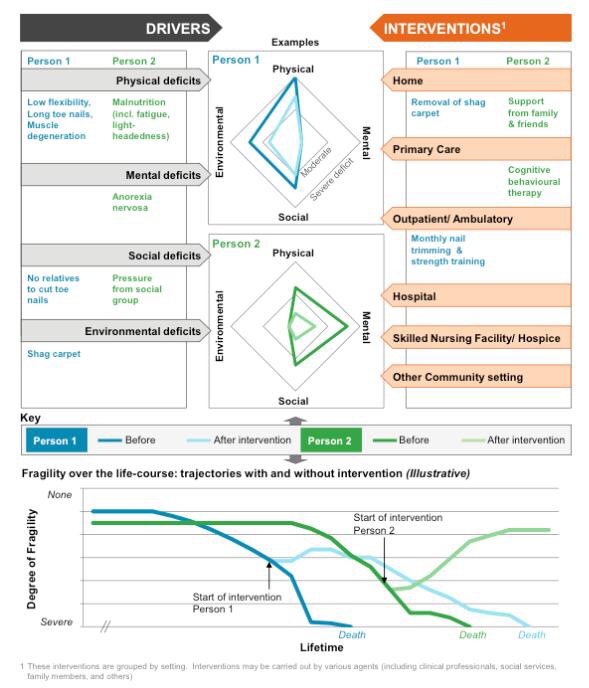ref. JVS Jan 2017
Comparison of the outcomes between those occurring after endovascular repair (group 1) and those occurring without previous endovascular treatment (group 2) was made using the data collected and combining the results obtained by a previous study that analyzed the same findings between 1992 and 2003 from the same center to provide a total 22-year experience (1992-2014) at a single quaternary referral center.
Results
From May 1992 to September 2014, there were 1921 elective repairs of intact infrarenal AAAs, with 1288 endovascular and 633 open repairs. During 22 years, 40 of the 1288 patients (3.1%) who underwent endovascular repair for AAA had rupture. The proportion of patients with hypotension at presentation in group 1 (13/40) was significantly less than in group 2 (108/138; P < .01). The difference in perioperative 30-day mortality rate in group 1 (8/40 [20%]) compared with group 2 (68/138 [49%]) was significant (P < .01).
Conclusions
This study confirmed that endovascular AAA repair does not prevent rupture in all patients. The data suggest that rupture, when it does occur, may not be accompanied by such major hemodynamic changes and higher mortality rate as with rupture of an untreated AAA. Strict surveillance and follow-up are required, especially in patients with relatively large initial AAA diameter or presence of endoleak and graft migration, to reduce the rate of ruptures after endovascular repair. Complete prevention will remain challenging because rupture may occur without any predisposing abnormalities. With the advent of new-generation devices, continuous larger long-term studies are required to document reduction in rupture rates after endovascular aneurysm repair.

